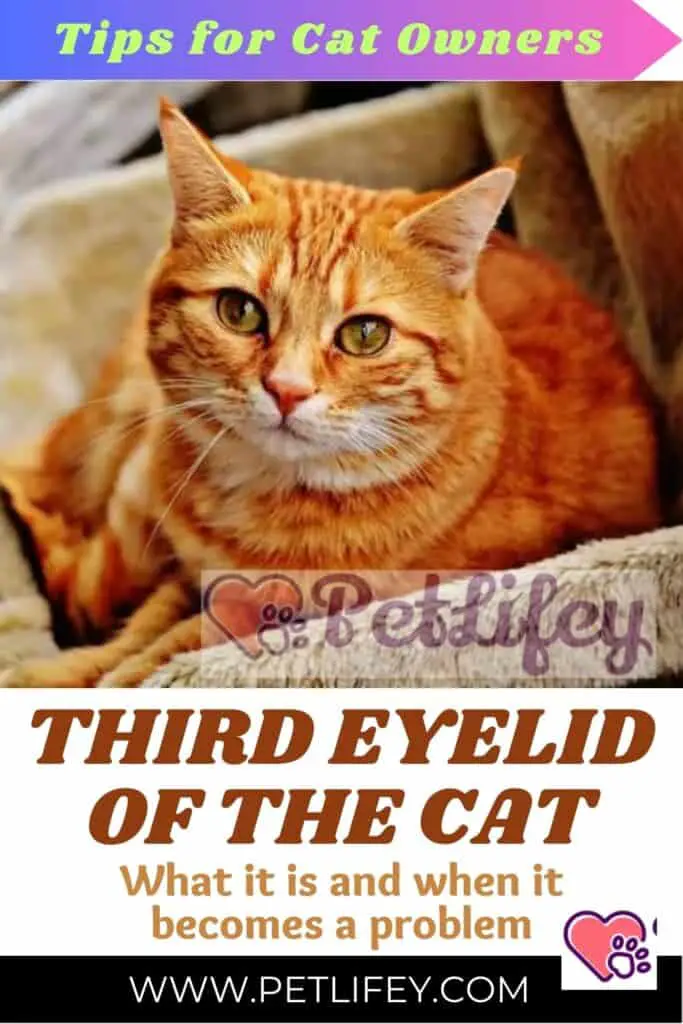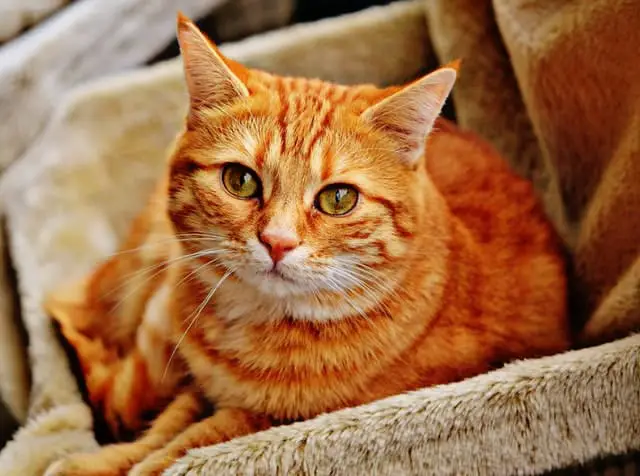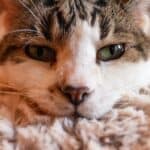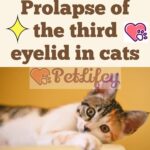
You may have noticed a pink veil that appears in your cat’s eye when he sleeps: it is the cat’s third eyelid which, if ‘healthy’, plays a fundamental role.
The eyes of cats, in addition to being beautiful for the particularity of their colors, are also very delicate. The cat, thanks to the particular pupil that varies its size according to the surrounding brightness, has excellent eyesight and this mechanism has been adopted even by the most sophisticated cameras.
The cat has not two, but three eyelids. The first two lids are similar to ours, one on the top and one on the bottom that meet in the center of the eye when the lids are closed. The third eyelid , also known as the nictitating membrane, is a retractable membrane located in the inner corner of each eye (near the nose).
Let’s see in detail what it is, what it is used for and when it can become a problem for the cat.
Third eyelid of the cat: characteristics
The third eyelid is present in most mammals, including dogs. Primates are generally an exception. It is made up of connective tissue and is located near the cornea. Normally we cannot see it, although you may be able to notice when the cat is sleeping or when it is sedated for surgery as a light veil between the eye and the eyelids.
The nictitating membrane has a defense function of the eye, in fact it serves to protect it from aggression and external bodies. In these cases the third eyelid comes out of its usual place to defend the eyeball and returns to its place in a couple of hours. When an animal blinks, the third eyelid flows through the corneas under the lids, acting as a windshield wiper to remove debris, pollen, dust, etc.
Inside it has a gland, called Harden’s, which releases liquid that has the function of moisturizing the cat’s eye for 50% of its needs, allowing it to function properly and also an antibacterial function.
If, on the other hand, the third eyelid is always visible or does not re-enter the eye within 6 hours, it is advisable to have your cat examined by a veterinarian, because the causes could be very many.
The problem is called ‘cherry eye’ because the color, swelling and shape of the visible membrane resembles a cherry. This occurs when the third eyelid gland becomes inflamed and swollen and lifts the third eyelid. Let’s see what the causes of this problem can be.
Cherry eye: causes

- The cause can be genetic: some types of cats such as Persian and Burmese are predisposed to develop this condition;
- Injury: your cat may have an eye injury due to the presence of a foreign body or a blow and his body is failing to heal and for this reason the third eyelid cannot retract;
- Presence of a foreign body: the cherry eye could also be due to the permanence of a foreign body inside your cat’s eye that it is unable to expel;
- Dehydration: Your cat’s eye may be severely dehydrated and the visible third eyelid indicates a serious problem;
- Conjunctivitis or ‘pink eye’ (inflammation of the ocular membranes): in this case, in addition to the visibility of the nictitating membrane you will also notice increased redness, swelling and tearing in your cat:
- Haw syndrome: in this case the cherry eye is associated with an intestinal disorder such as the presence of parasites or diarrhea;
- Cancer: also in this organ it is possible that this disease develops;
- other conditions that can cause inflammation of the Harden’s gland are eye diseases such as corneal ulcers (damage to the corneas), glaucoma, uveitis (intraocular inflammation) and even non-cancerous masses growing on the third eyelid or Horner’s syndrome (a neurological disorder eye and facial muscles).
If the third eyelid is visible on only one of the two eyes, that eye may have a problem. If both third lids are visible, and if your cat has other problems, it could be an indication that the cause isn’t necessarily related to the eye.
How to solve the problem
It is important not to delay the vet visit because a cat that has a visible third eyelid is likely to experience pain and / or discomfort. A full ophthalmological examination should be done to check for corneal ulcers, elevated intraocular pressure, uveitis, masses, etc.
Solving the problem depends primarily on the cause. In the event of the presence of foreign bodies, the veterinarian could remove them or prescribe eye drops. Wounds and conjunctivitis are also treatable with drugs.
If the problem is due to inadequate hydration of the eye, your cat is probably not drinking enough so the solution may be to give him more water and more watery food, such as canned food.
In the case of Haw syndrome, the eyelid will return normally once the intestinal problems have been treated. If the problem is genetic, after a thorough examination, the veterinarian will determine if the membrane is damaging the cat’s vision and it is necessary to intervene surgically.
Generally the surgery aims to reposition the membrane in its place. In fact, as mentioned, it has a defense and lubrication function of the eye therefore, except in cases where it is not possible to reposition it, it is always preferable not to remove it.






